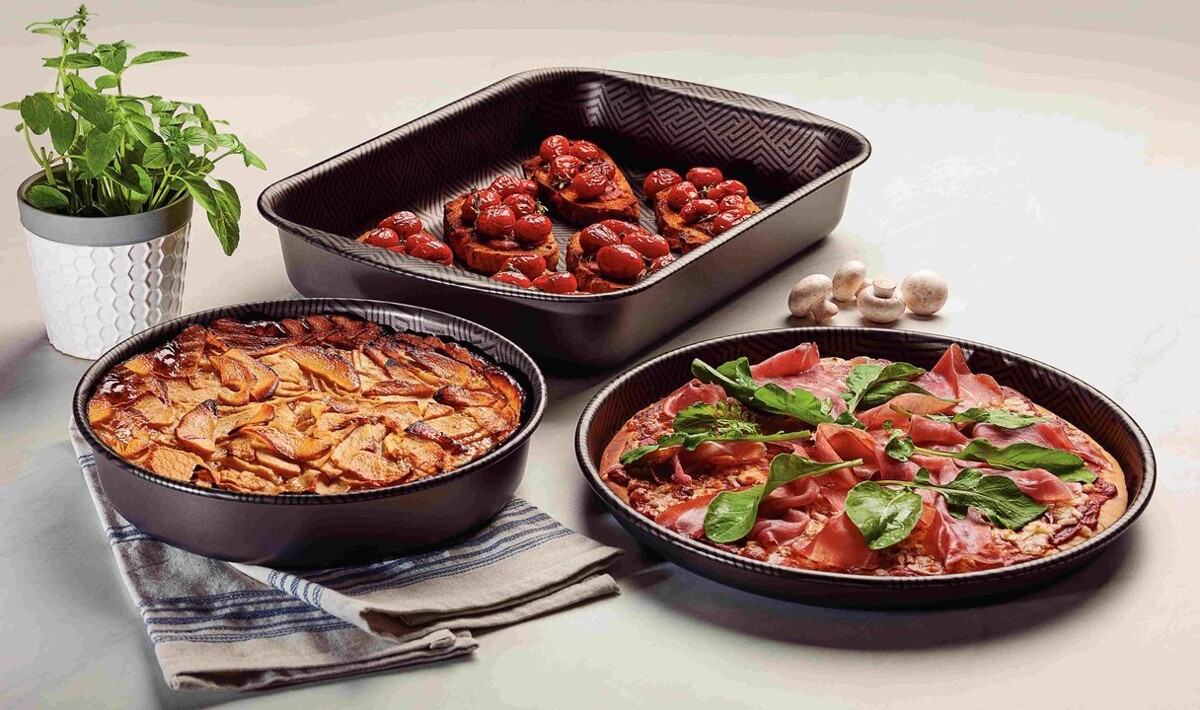
Amid an economic crisis in Argentina triggered by the electoral victory of President Javier Milei's government, households are facing severe cuts to their incomes. With no choice but to spend less, food expenditure is a prime candidate for reduction. A practice known as "batch cooking"—preparing several meals in advance—is emerging in kitchens. While in wealthier countries it's a tool for saving time and reducing daily stress, in Argentina it also helps combat the high cost of living and food waste, which the UN reports accounts for 17% of all consumer-available food.
Recent data from INDEC for September clearly shows the impact of food costs on the family budget. The basic food basket (CBA) for a family of five was 526,185 pesos, over half of the total basic basket (CBT), which reached 1,168,132 pesos. Neither the minimum pension (396,362.44 pesos with a bonus) nor the minimum wage (322,200 pesos) comes close to covering the food costs, leaving little room for maneuver for nearly 2 million retirees and 6 million workers in this income bracket.
Adopting batch cooking would first require a freezer and an investment in proper cookware, making it suitable mainly for the middle class. Supermarkets have reported a 27% drop in sales since the current government took office in December 2023, and the composition of shelves reveals not only less quantity but also lower quality and cheaper brand substitutions. With so little room to cut back on purchases, the real key to batch cooking lies in proper planning and storage: dividing portions, labeling with dates, and using suitable containers to preserve freshness and avoid waste.
The ideal tools are hermetic glass or stainless steel containers to maintain flavor and texture, quality cutlery, and appropriate utensils to streamline every step, from chopping to plating. "Batch cooking reflects organization, enjoyment, and resourcefulness," the article notes. It allows for combining prepped meals with rice, legumes, or grilled chicken throughout the week.
Experts recommend using pots and pans that distribute heat evenly, non-stick skillets, and hermetic containers to keep food fresh longer. Planning should be based on simple, nutritious, and flavorful recipes to organize meals and save time without sacrificing homemade quality. A guide with five ideas can help implement an austerity plan that maximizes ingredient value:
1. Homemade Bolognese sauce: ideal for freezing or storing in portions. 2. Roasted vegetables: cut pumpkin, eggplant, carrots, zucchini, and bell peppers. Roast on a tray with olive oil and herbs. They last for days and can be used with pasta, baked potatoes, or as a base for quick lasagna. 3. Curry chicken: a hearty and aromatic dish. Sauté onion and garlic, add ground meat, tomato paste, and a splash of red wine. Incorporate chicken breast, curry, coconut milk, and fresh ginger. Simmer on low for an hour and serve with rice or quinoa. 4. Banana and oat muffins: a healthy snack for any time. Mash 2 ripe bananas, mix with 2 eggs, ½ cup of oats, 2 tablespoons of honey, and a teaspoon of baking powder. Bake in molds for 20 minutes at 180°C. 5. Oat and yogurt pancakes: a quick breakfast. Mix 1 cup of oats, 1 egg, ½ cup of yogurt, and 1 tablespoon of honey. Once cool, store them in the fridge separated with parchment paper. During the week, just heat them and add fresh fruit, honey, or dulce de leche.
"Today we are adapting to a new era in the kitchen, where people seek to optimize their time without giving up flavor or quality," said Emiliano Baseggio, manager of Tramontina in Argentina.













